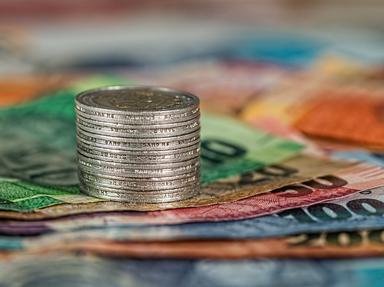7. The areas which would become Canada merged together in a gradual process during the 19th and 20th centuries. Which colony which would later become part of Canada issued its own series of coins (in several cent denominations) in the 20th century?
From Quiz Ten Facts About Canadian Coins
Answer:
Newfoundland
Newfoundland issued coins in several denominations between 1865 and 1947. Coins were issued in the values of one cent, five cents, 10 cents, 20 cents, 25 cents, and 50 cents. (The 25 cent coins were issued after the last issue of 20 cent coins.) An issue of gold two dollar coins occurred between 1865 and 1888. Newfoundland became part of Canada in 1949 and formally changed its name to Newfoundland and Labrador in 2001.
Nova Scotia issued half cent and one cent coins in 1861 and 1864 (before joining the Dominion of Canada in 1867). New Brunswick issued half cent, one cent, five cent, 10 cent, and 20 cent coins between 1861 and 1864 (before joining in 1867). Prince Edward Island issued one cent coins in 1871 (before joining in 1873).





 Quick Question
Quick Question = Top 5% Rated Quiz,
= Top 5% Rated Quiz,
 Top 20% Rated Quiz,
Top 20% Rated Quiz,